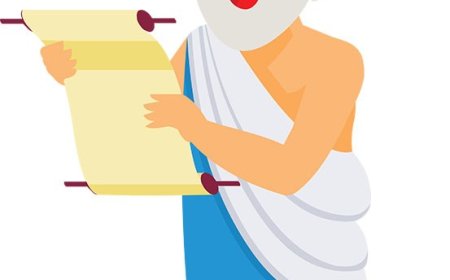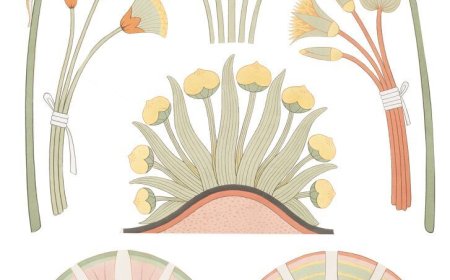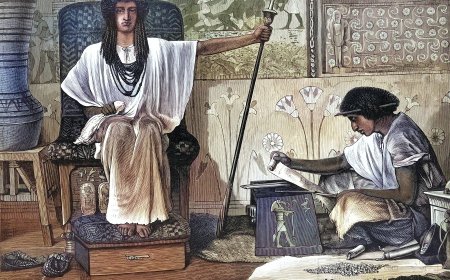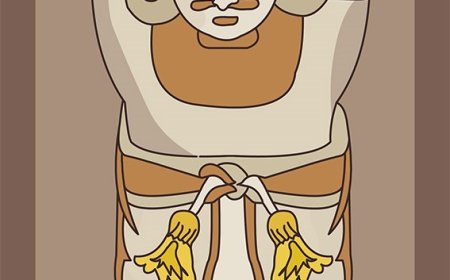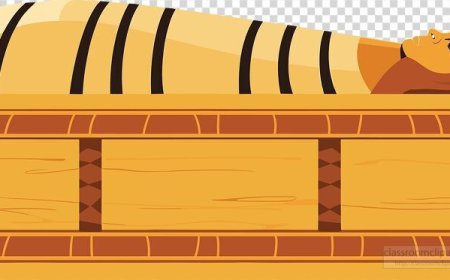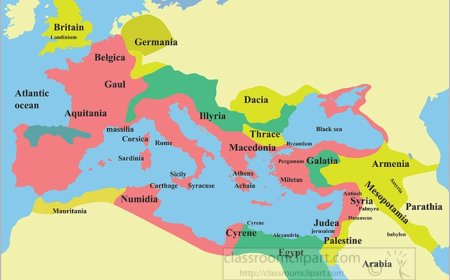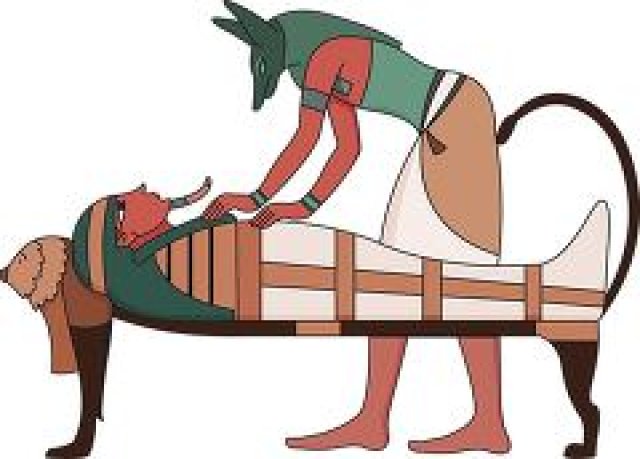The Inca Civilization for Students: Empire in the Sky of the Andes
Discover the amazing Inca civilization in this article for students. Learn about their mountain empire, engineering marvels, farming, religion, and the city of Machu Picchu. Includes vocabulary, fun facts, and a quiz!
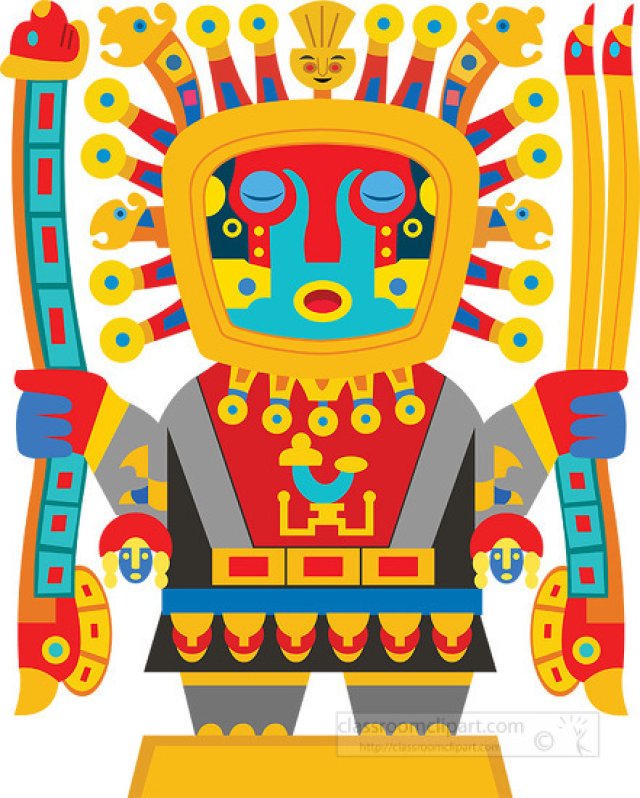
🏔️ The Inca Civilization: Empire in the Sky of the Andes
Introduction
The Inca Civilization ruled one of the largest and most powerful empires in the Americas. Built high in the Andes Mountains of South America, the Inca Empire amazed the world with its engineering, roads, farming, and organization—all without using the wheel or writing as we know it! Their capital city, Cusco, was the heart of an empire that stretched across present-day Peru, Ecuador, Bolivia, Chile, and Argentina.
📍 Location and Time Period
The Inca Empire, called Tawantinsuyu, began around 1200 CE and lasted until 1533 CE, when it was conquered by Spanish conquistadors. The empire covered over 2,500 miles, mostly along the spine of the Andes Mountains.
👑 Government and Society
The Inca were ruled by an emperor called the Sapa Inca, believed to be a descendant of the sun god. The most famous Sapa Inca was Pachacuti, who expanded the empire and built Machu Picchu.
The empire had a strong central government. The Inca used a system of messengers, called chasquis, who ran along thousands of miles of stone roads to deliver news.
To keep order, the empire was divided into four regions, and everyone paid a labor tax called the mita, helping build roads, farms, and temples.
🧑🌾 Daily Life of the Inca
Most Inca people were farmers who lived in ayllus, or community groups. They grew crops like potatoes, corn, and quinoa on terraced fields built into mountain slopes.
Homes: Small stone houses with thatched roofs
Clothing: Woven from llama or alpaca wool; colorful patterns showed a person’s job or region
Food: Corn, potatoes, guinea pigs, and llama meat
Jobs: Farmers, builders, soldiers, and artisans
The Inca didn’t use money—they traded goods or provided labor in exchange for food and shelter.
🛕 Religion and Beliefs
The Inca were polytheistic, worshiping many gods, especially Inti, the sun god. Other important gods included:
Pachamama – goddess of the earth
Viracocha – the creator god
They believed in life after death and practiced mummification of important leaders. Temples were built to honor the gods, and priests performed ceremonies with offerings like animals, crops, and sometimes human sacrifices during times of disaster.
The most sacred place was the Temple of the Sun in Cusco.
📜 Communication and Record-Keeping
The Inca didn’t have a writing system like letters or symbols. Instead, they used quipus—bundles of colored strings with knots. These were used to:
Count people
Track crops
Record taxes
Keep historical events
Quipucamayocs (keepers of the quipu) were trained to read and make these records.
🧱 Engineering, Roads, and Achievements
The Inca were brilliant engineers and builders. They:
Constructed terrace farms on mountainsides
Built suspension bridges from grass over deep valleys
Created stone buildings so precisely cut that they didn’t need cement
Built roads and staircases across cliffs and rugged terrain
Their greatest city, Machu Picchu, sits high in the Andes and is still standing today. It may have been a royal retreat or sacred religious site.
They also built:
Stone aqueducts to carry water
Storage houses for food during droughts
💰 Trade and Economy
The Inca had no coins. Instead of money, people paid the mita tax with labor. In return, the government gave food and clothing.
They used llamas to carry goods and traveled by foot along their 25,000-mile road system. Markets were set up to trade pottery, tools, and food.
📉 The Fall of the Inca Empire
In 1532, Francisco Pizarro, a Spanish explorer, arrived with fewer than 200 men. The Inca had just finished a civil war and were weakened by European diseases like smallpox.
Pizarro captured the Inca emperor Atahualpa and took over the empire. Within a few years, the Inca Empire collapsed.
🎉 Fun Facts About the Inca
- The Inca never invented the wheel, yet they built mountain cities and massive roads.
- Machu Picchu was unknown to the outside world until 1911!
- The Inca had brain surgery techniques that often worked.
- They grew over 3,000 types of potatoes!
- Llamas and alpacas were not only pack animals—they also gave meat, milk, and wool.
📚 Kid-Friendly Summary
The Inca were incredible builders who lived high in the Andes. They built roads, temples, and farms on mountains—without even using the wheel! Their empire was organized and powerful, and they believed in sun gods, quipus, and working together as a community. Though their empire ended in the 1500s, the Inca spirit still shines in South America today.
🧠 Vocabulary List
- Sapa Inca – The emperor of the Inca Empire
- Quipu – Knotted string tool used for record-keeping
- Chasqui – Messenger who ran across Inca roads
- Ayllu – A family or community group in Inca society
- Mita – A labor tax paid with work
- Terrace farming – Stepped fields built into mountains
- Machu Picchu – A famous Inca city in the Andes
- Inti – The sun god, the most important Inca deity
- Cusco – The capital of the Inca Empire
- Polytheistic – Belief in many gods


















































